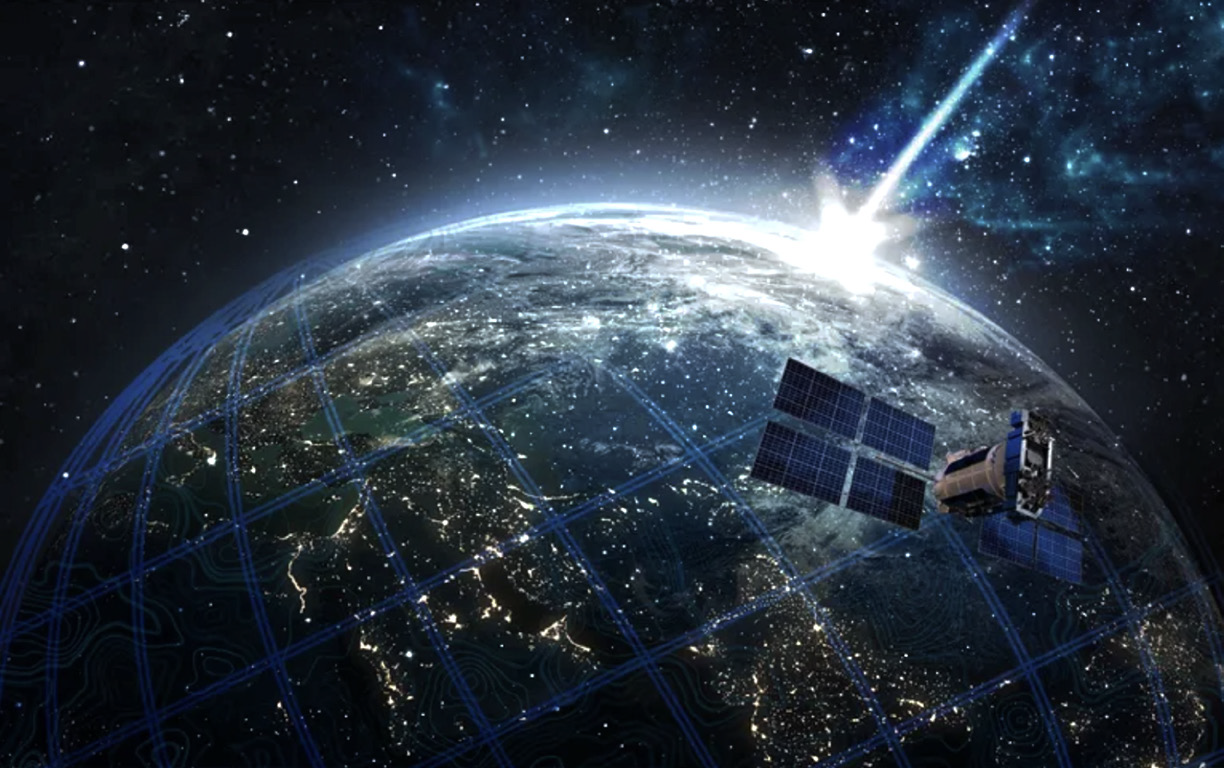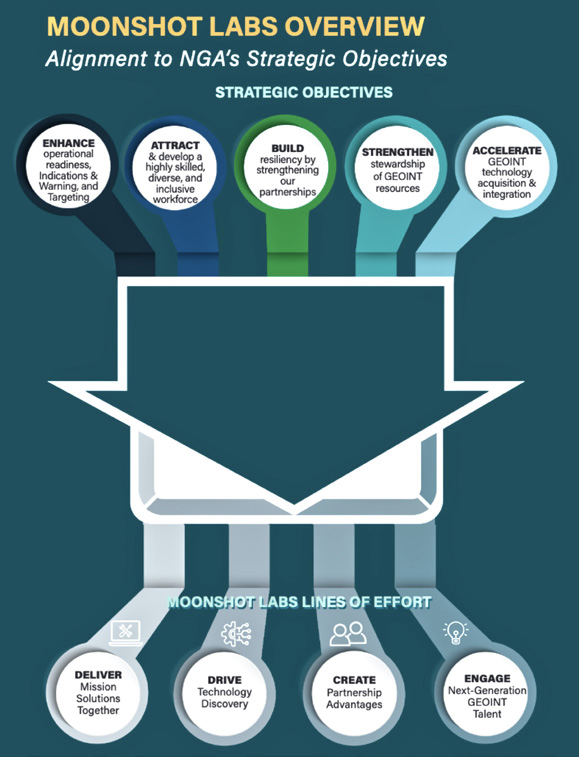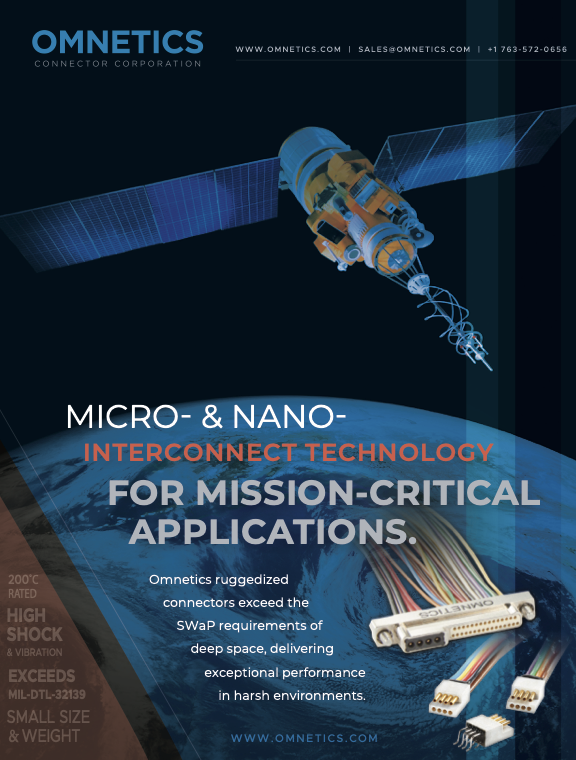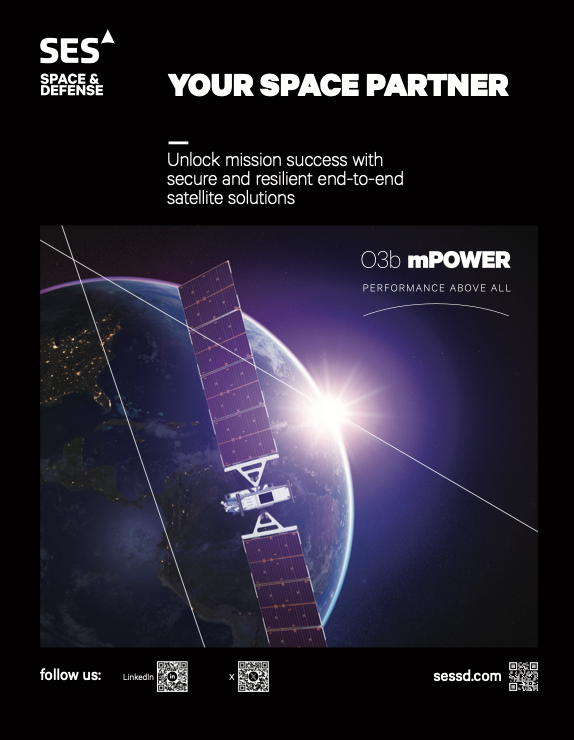Opened in July of 2021, NGA’s Moonshot Labs is an unclassified innovation hub and collider space for the National Geo-Spatial Agency (NGA), its partners and customers to meet, create, collaborate, and innovate.

Moonshot Labs is a cross-agency asset, led by NGA Director Vice Admiral Frank Whitworth, with an initiatives approach to measuring success and accountability. The lab is located in the Silicon Prairie, the name bestowed upon the Midwest for that area’s recent proliferation of startups and commitment to business collaboration, and the NGA has a home on this innovation range.

VADM Frank
Whitworth
Christine Woodard, the Director of Moonshot Labs, said, “We’re piloting and prototyping not just technology, but new ways of doing business.”
Some major initiatives that support Moonshot Labs’ lines of effort include:
Warfighter Support: The lab builds the tools and capabilities to deploy GEOINT technology to the theater, fast — at the speed of mission.
Mission Challenges: Leveraging nontraditional developers and unclassified environments to unleash new software capabilities to address mission challenges across the Intelligence Community (IC).
Moonshot Labs offers a preview of the unprecedented collaborative environment to come at the agency’s Next NGA West campus when open in 2025.
Moonshot Labs has a physical location in St. Louis, well within the bounds of the Silicon Prairie. The 12,000-square-foot space in the T-REX Innovation and Entrepreneur Development Center provides a place for NGA employees to work, for undergraduate students to help with geomatics, and for Agency partners to brainstorm solutions to geospatial concerns, among other activities.
“It feels like there’s a lot of energy because it’s an open space,” Woodard said.
On any given day, Moonshot Labs might host people from NGA, other government agencies, industry, and academia who interact and devise solutions to shared problems, Woodard said. The environment is set up to encourage all involved to think about things differently.
“It’s hard not to hear what other people are working on,” she said, “and that’s a good thing. It means individuals could discover new systems and technology, or interact with a company that provides a service or program that could help NGA better achieve its mission. We want it to be an asset for everyone.”
However, Moonshot Labs is more than a physical space, Woodard said. It’s a critical function of the Agency to ensure ideas and perspectives are explored. This could lead to great strides in the geospatial intelligence ecosystem.
The federal government has launched other hubs for innovation over the years. The U.S. Air Force has long embraced the idea through its innovation arm, AFWERX, and in the IC, the National Reconnaissance Office’s Center for Advancing Science, Technology, Learning, and Engagements (CASTLE) is a collaborative space that opened in October 2021, just after Moonshot Labs.
Although Moonshot Labs adopted some best practices from other innovation centers, Woodard noted that the space is government-leased and government-run, and is embedded in an innovation community, setting it apart from facilities that operate through industry or contractor partnerships.

What Does the fUtUre holD for moonshot labs?
Moonshot Labs unique position and setup helps propel technology companies into the geospatial orbit, which ultimately benefits NGA. An Innovation Summit, first hosted in July of 2023 with another in September of 2024, brought together more than 100 people from the IC and the Department of Defense to discuss a unified approach to innovation.
The NGA Accelerator pilot program, designed to discover and influence new technology in support of national security, launched in 2021. The initiative, executed through a partnership intermediary agreement, provided funding and mentoring to accelerate the growth of next-generation technology.
More than 600 small businesses applied, and 24 were selected. NGA has since invested $5 million into these companies, with others going on to receive federal contracts, expand their staff and add jobs in the Silicon Prairie and beyond.
Another success for Moonshot Labs is its Collider events, which lower the barrier to entry for companies in the geospatial realm. Moonshot Labs has begun to co-host these events with IC innovation centers in the National Capital Region, allowing for in person interactions in Midwestern and Eastern U.S. The events also include a virtual component to accommodate participants from across the country.
“One of the reasons we opened was to explore all the opportunities in the geospatial community,” said Woodard.
This is directly in line with The National Intelligence Strategy, released in August of 2023 by Director of National Intelligence Avril Haines. One of the strategy’s six priorities is for IC elements to “diversify, expand and strengthen partnerships.”
The strategy states that “the IC must build new and restructure existing collaborative mechanisms with non-state actors and find ways to enhance the flow of information to and from these actors in ways that safeguard our national security and prosperity.”
NGA made a strategic investment in Moonshot Labs to foster collaboration and drive technological advancement and efficiencies.
“By operating in an unclassified environment, we are able to facilitate open collaboration with external partners, including industry, academia, and non-governmental organizations, leveraging diverse expertise and resources to address complex and ever-changing national security challenges,” said Trey Treadwell, NGA’s Associate Director for Capabilities and Executive Director of Moonshot Labs. “We’ve witnessed a remarkable return on investment — not just in terms of groundbreaking ideas, but in the transformation of how we tackle challenges and advance our mission. It’s a testament to the power of fostering creativity and collaboration in an open environment.”
In addition to providing space for creativity and collaboration to further the Agency’s critical mission, Moonshot Labs helps NGA discover the people who can help make that happen.
Through academic partnerships, Moonshot Labs provides an environment to work with students of all ages, strengthening the GEOINT talent pipeline. In particular, the GAIA (Geosciences Artificial Intelligence Applications) Lab allows students to utilize coding and geoscientific skills to solve complex problems. Two students from the program have been hired as full-time NGA employees thus far.
Moonshot Labs also helps foster NGA’s international partnerships through the use of flexible technology, as well as virtual events and meetings. It also allows for data sharing through the cloud and the agility to incorporate open source tools.
Cathleen Williamson, Source Technical Executive, said Moonshot Labs has enabled NGA to tap into virtual high-performance computing environments and do large-scale processing that isn’t possible within classified NGA spaces enabling the success of programs such as the GeoData Cooperative. The GeoData Cooperative delivers global-scale, 3-D data layers by leveraging technology and partnerships across government, industry, and academia.

Like the nascent next-generation talent at Moonshot Labs, the future of the initiative is rife with potential. Moonshot Labs has many more events in the works, including academic ideathons and government hackathons.
Moonshot Labs empowers NGA employees to deliver unclassified mission solutions together, drive technology discovery, create partnership advantages, and engage next generation GEOINT talent.
“We are all agents of change, and in order to innovate, you have to create an environment where people feel free to take risks,” said Mark Munsell, NGA’s director of Data and Digital Innovation and the senior executive champion for Moonshot Labs. “Moonshot Labs provides a low-cost, low-risk environment to do just that.”
Moonshot Labs continues to encourage innovation in support of the larger NGA mission, showing the way for innovation from seabed to space … with a stop at the Silicon Prairie along the way.
www.nga.mil



